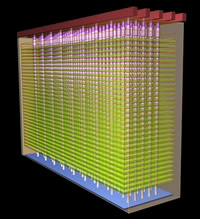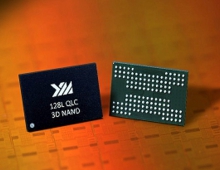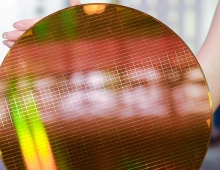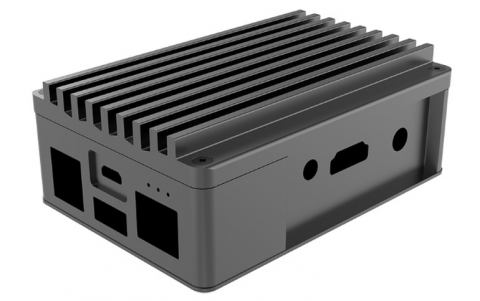
Micron and Intel Unveil New 3D NAND Flash Memory
Hot on the heels the announcement of Sandisk/Toshiba for the development of their 48-layer 3D NAND memory, Micron and Intel revealed the availability of their 3D NAND technology, claiming that it has the world's highest-density. This new 3D NAND technology, which was jointly developed by Intel and Micron, stacks layers of data storage cells vertically to create storage devices with three times higher capacity than competing NAND technologies -- compared to Micron and Intel 384 Gb TLC 3D NAND die and Samsung's 3D NAND TLC. Toshiba today announced a competing chip that matches Samsung's capacity, a competitive move that should help maintain pricing pressure.
This enables more storage in a smaller space, bringing significant cost savings, low power usage and high performance to a range of mobile consumer devices as well as demanding enterprise deployments.
Intel and Micron chose to use a floating gate cell, a universally utilized design refined through years of high-volume planar flash manufacturing. The new 3D NAND technology stacks flash cells vertically in 32 layers to achieve 256Gb multilevel cell (MLC) and 384Gb triple-level cell (TLC) die that fit within a standard package. Toshiba goes a bit further with 48 layers.
These capacities can enable gum stick-sized SSDs with more than 3.5TB of storage and standard 2.5-inch SSDs with greater than 10TB.
Because capacity is achieved by stacking cells vertically, the individual cell dimensions can be considerably larger. This is expected to increase both performance and endurance and make even the TLC designs well-suited for data center storage.

Micron and Intel did not specify any performance figures of the new NAND, but said that it would offer high read/write bandwidth, I/O speeds and random read performance, thanks to 3D NAND’s fast 4K read mode.
 In addition, new sleep modes enable low-power use by cutting power to inactive NAND die (even when other die in the same package are active), dropping power consumption significantly in standby mode.
In addition, new sleep modes enable low-power use by cutting power to inactive NAND die (even when other die in the same package are active), dropping power consumption significantly in standby mode.
New features also improve latency and increase endurance over previous generations, and also make system integration easier. In terms of endurance, Micron says that the new parts will meet or exceed the endurance rates of its 20nm NAND, so expect the NAND to initially be rated at 3,000 P/E cycles - the same rating for all Micron's client-grade MLC. But you should also expect the enterprise-focused 3D NAND to be capable of 10,000 P/E cycles in the future.
IMFT is sampling the 256Gb MLC version of 3D NAND today, and the 384Gb TLC design will be also available later this spring. The fab production line has already begun initial runs, and both devices will be in full production by the fourth quarter of this year. Both companies are also developing individual lines of SSD solutions based on 3D NAND technology and expect those products to be available within the next year.
Today's top-end smartphones come with only 128GB. And Apple's new MacBook comes with two SSD options, 256GB and 512GB.





















